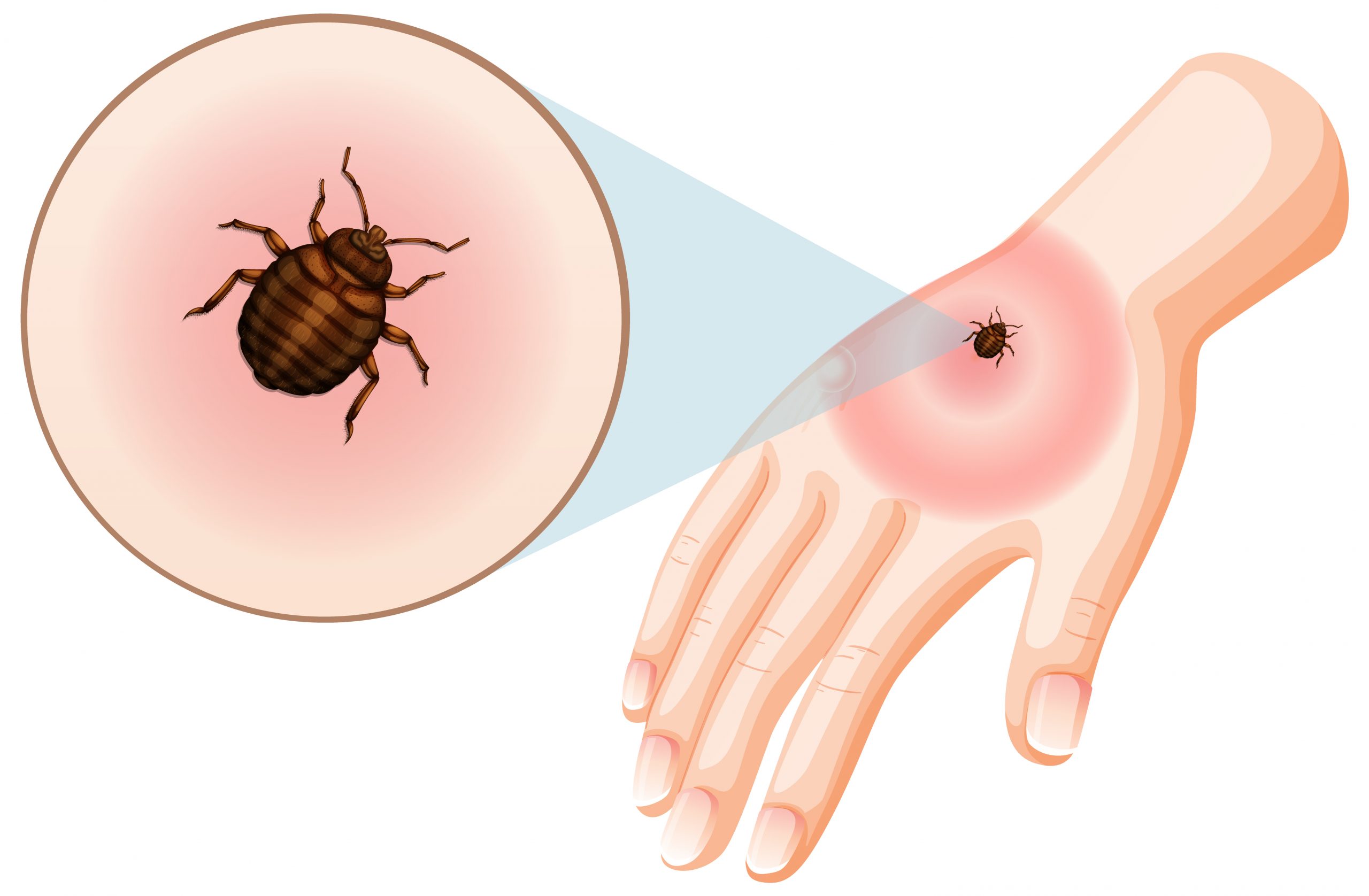

A huge group of medical experts from several institutions in the United States collaborated with a couple of colleagues from the University of Ljubljana in Slovenia to sequence the genomes of hundreds of samples of Borrelia burgdorferi, the bacterium that causes Lyme disease.
The research discusses changes they discovered in different strains of the bacteria, as well as aspects of its proteins that appear to be associated to varied symptoms experienced by patients, in their paper published in PLOS Pathogens.
Lyme disease is the most common vector-borne disease in both North America and Europe, caused by a bacterial infection (B. burgdorferi). It is distinguished by the presence of bulls-eye-shaped rings surrounding the site of infection, which is usually a tick bite. The severity of symptoms varies greatly amongst people, depending on which regions of the body are infected. The research team hoped to learn more about why different bodily areas become targets for germs and why patients’ reactions to infections vary so greatly.
The research team gathered tissue samples from the bite sites of 299 individuals to understand more about B. burgdorferi in general. The scientists then looked for genetic differences in the samples by studying their genomes. The differences were then linked to symptoms, particularly the most severe ones.
In doing so, they discovered differences that appeared to be more common in patients with more severe symptoms. They also discovered changes in the bacterial proteins generated by different strains of Borrelia burgdorferi. They discovered such changes in proteins on the surface of bacteria that were related to the bacteria’s ability to spread to different sections of the body.
The researchers point out that such spread is often accompanied with more severe symptoms, such as when germs enter the circulation and travel to the brain system or joints.
The researchers suggest that their work should be viewed as a stepping stone to a much larger study of Lyme disease, which will hopefully lead to a better understanding of why the immune system is so easily overcome by the bacteria in so many patients and why symptoms persist in some patients for months or even years.
more recommended stories
 Can Ketogenic Diets Help PCOS? Meta-Analysis Insights
Can Ketogenic Diets Help PCOS? Meta-Analysis InsightsKey Takeaways (Quick Summary) A Clinical.
 Silica Nanomatrix Boosts Dendritic Cell Cancer Therapy
Silica Nanomatrix Boosts Dendritic Cell Cancer TherapyKey Points Summary Researchers developed a.
 Vagus Nerve and Cardiac Aging: New Heart Study
Vagus Nerve and Cardiac Aging: New Heart StudyKey Takeaways for Healthcare Professionals Preserving.
 Cognitive Distraction From Conversation While Driving
Cognitive Distraction From Conversation While DrivingKey Takeaways (Quick Summary) Talking, not.
 Fat-Regulating Enzyme Offers New Target for Obesity
Fat-Regulating Enzyme Offers New Target for ObesityKey Highlights (Quick Summary) Researchers identified.
 Spatial Computing Explains How Brain Organizes Cognition
Spatial Computing Explains How Brain Organizes CognitionKey Takeaways (Quick Summary) MIT researchers.
 Gestational Diabetes Risk Identified by Blood Metabolites
Gestational Diabetes Risk Identified by Blood MetabolitesKey Takeaways (Quick Summary for Clinicians).
 Phage Therapy Study Reveals RNA-Based Infection Control
Phage Therapy Study Reveals RNA-Based Infection ControlKey Takeaways (Quick Summary) Researchers uncovered.
 Pelvic Floor Disorders: Treatable Yet Often Ignored
Pelvic Floor Disorders: Treatable Yet Often IgnoredKey Takeaways (Quick Summary) Pelvic floor.
 Urine-Based microRNA Aging Clock Predicts Biological Age
Urine-Based microRNA Aging Clock Predicts Biological AgeKey Takeaways (Quick Summary) Researchers developed.

Leave a Comment